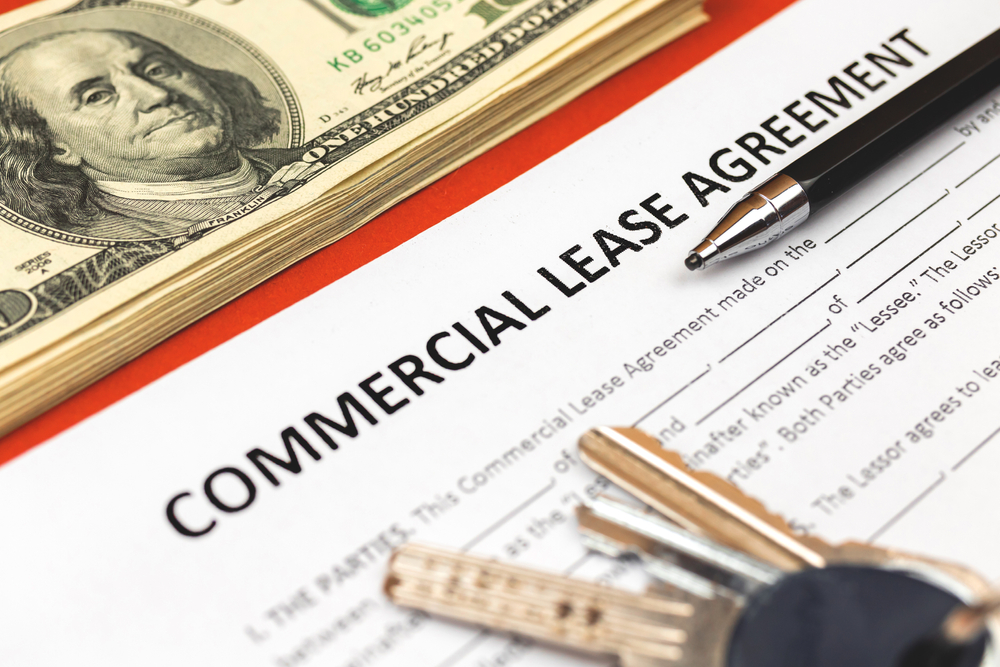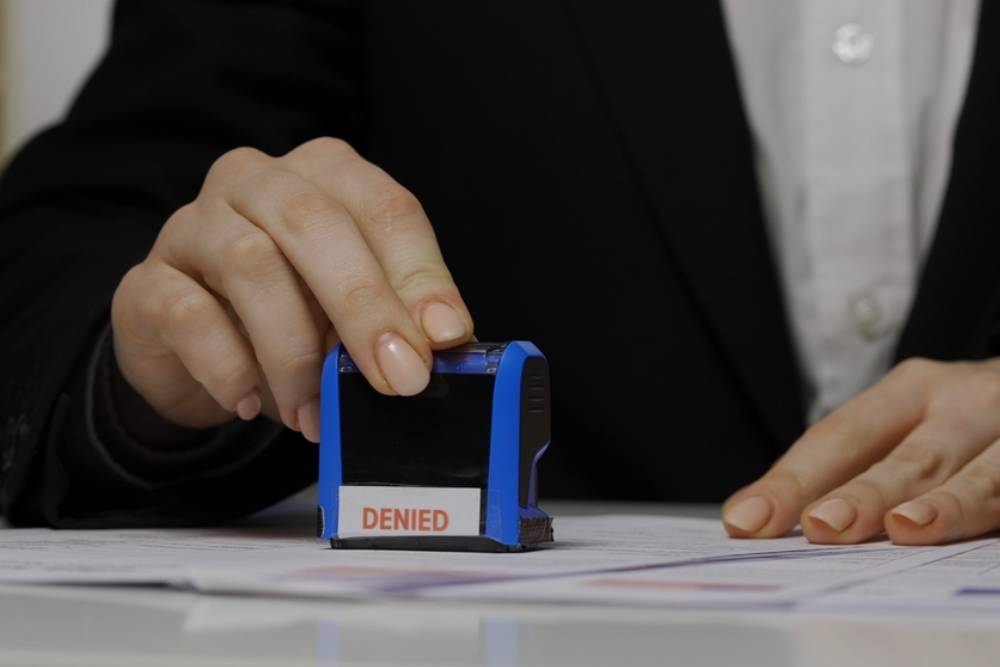H1-B1 VISA
The H-1B1 visa is similar to the H-1B and is for persons in “specialty occupations.” This new category was created by the U.S.-Chile Free Trade Agreement and the U.S.-Singapore Free Trade Agreement.
In order to qualify for H-1B1 classification, the applicant must have theoretical and practical application of specialized knowledge and must have at least a U.S. bachelor’s degree or its equivalent AND the job sought must require at least a bachelor’s degree or its equivalent. Because this is not a self-petitioning category, the applicant must have a sponsoring employer in the U.S.
The spouse and unmarried children below the age of 21 of an H-1B1 worker are allowed to accompany this individual as H-4 dependents. However, they cannot work unless they qualify for a work visa. H-4 dependents, however, can enroll and attend schools in the U.S. without obtaining a student visa.
STEPS
Because the H-1B1 visa requires a U.S. sponsor, the applicant must obtain a written offer of employment from a U.S. employer. Unlike the H-1B visa, there is no need for the employer to file an I-129 Petition with the USCIS in the U.S. However, like the H-1B, a prevailing wage needs to be obtained and a Labor Condition Attestation (LCA) needs to be filed.
DOCUMENTS
Both the applicant and the employer are required to submit documents for the H-1B1 visa. The applicant is required to submit the following documents when applying for an H-1B1 visa abroad:
-
- Completed visa application (Form DS-156) with a recent photograph – The DS-156 is the standard non-immigrant visa application form used by the U.S. Department of State. The photograph should meet specific requirements to ensure that it can be used for biometric data collection purposes — a 1-inch square (37mm x 37mm), of each applicant, with the entire face visible. The picture should be taken before a light background and without a head covering.
- DS-157 Supplemental Nonimmigrant Visa Application – This form is required for all male applicants aged 16-45. It collects additional information about the applicant’s background and travel history to help the U.S. government determine their eligibility for a non-immigrant visa.
- Valid Passport – An H1-B1 visa applicant must have a valid passport that is valid for at least six months beyond their intended stay in the United States. This is necessary to ensure that the applicant has a valid travel document that will allow them to enter and remain in the United States for the duration of their visa.
- Proof of nonimmigrant intent – The H1-B1 Visa is a non-immigrant visa, which means that the applicant must demonstrate that they have no intention of immigrating to the United States permanently. This can be done by providing evidence of strong ties to their home country, such as family, property, or a job. The goal is to show that the applicant has a compelling reason to return home after their stay in the United States.
The employer needs to provide the following:
- Copy of the certified LCA.
- A written offer of employment.
For more information about immigration law, contact an experienced Sugar Land lawyer at the Law Firm of Esani & Momin.
 281-313-6100
281-313-6100


